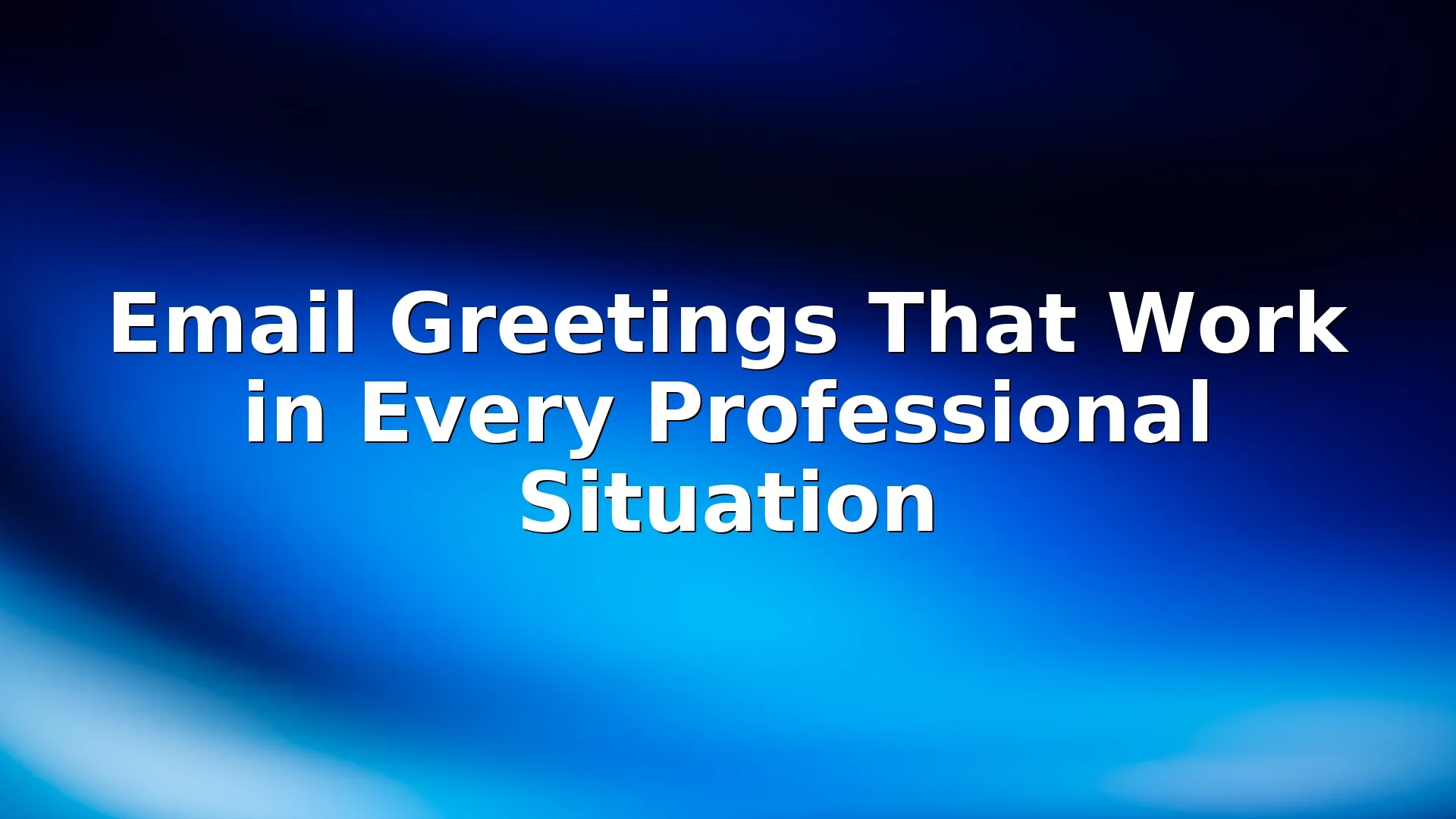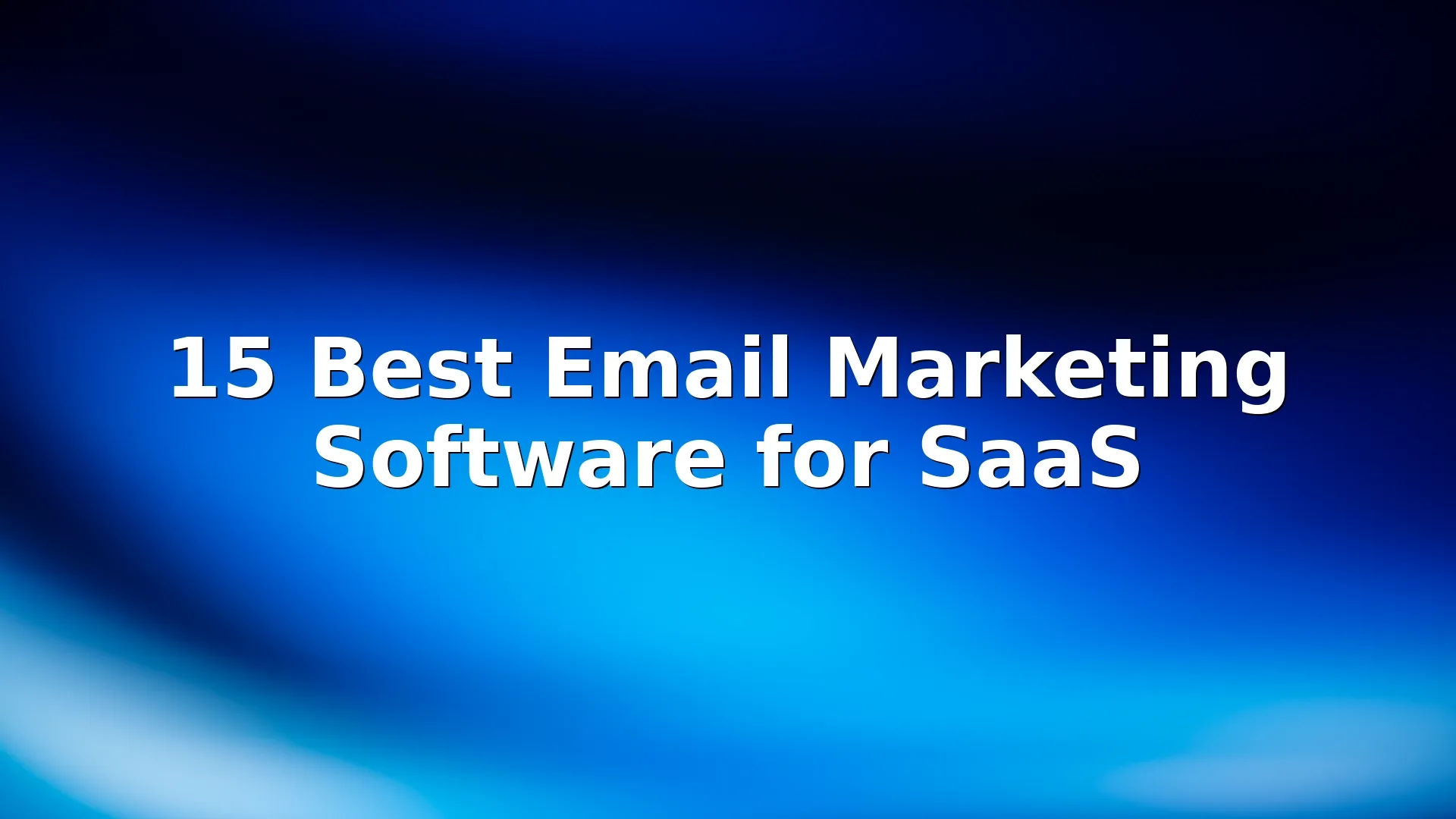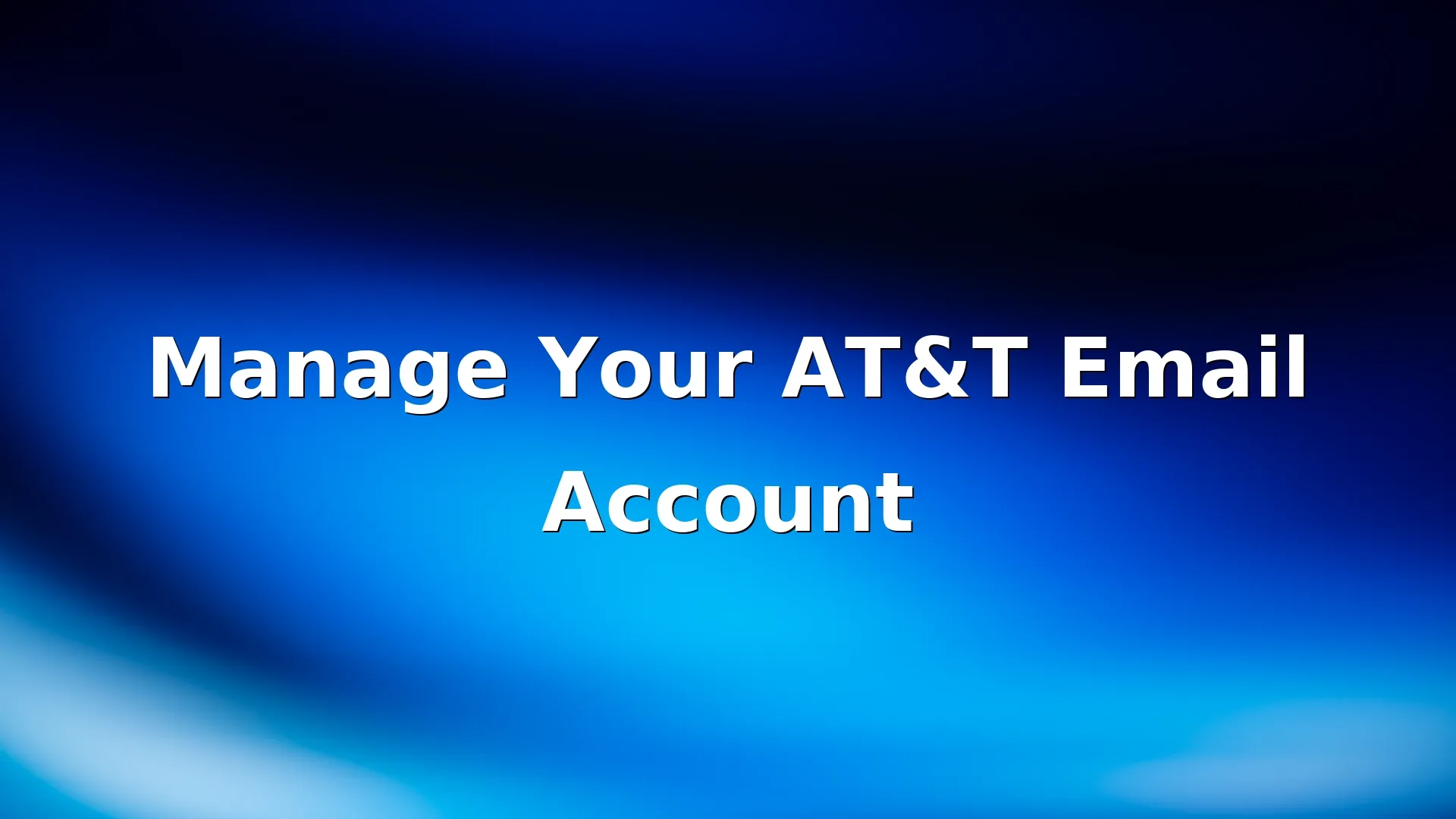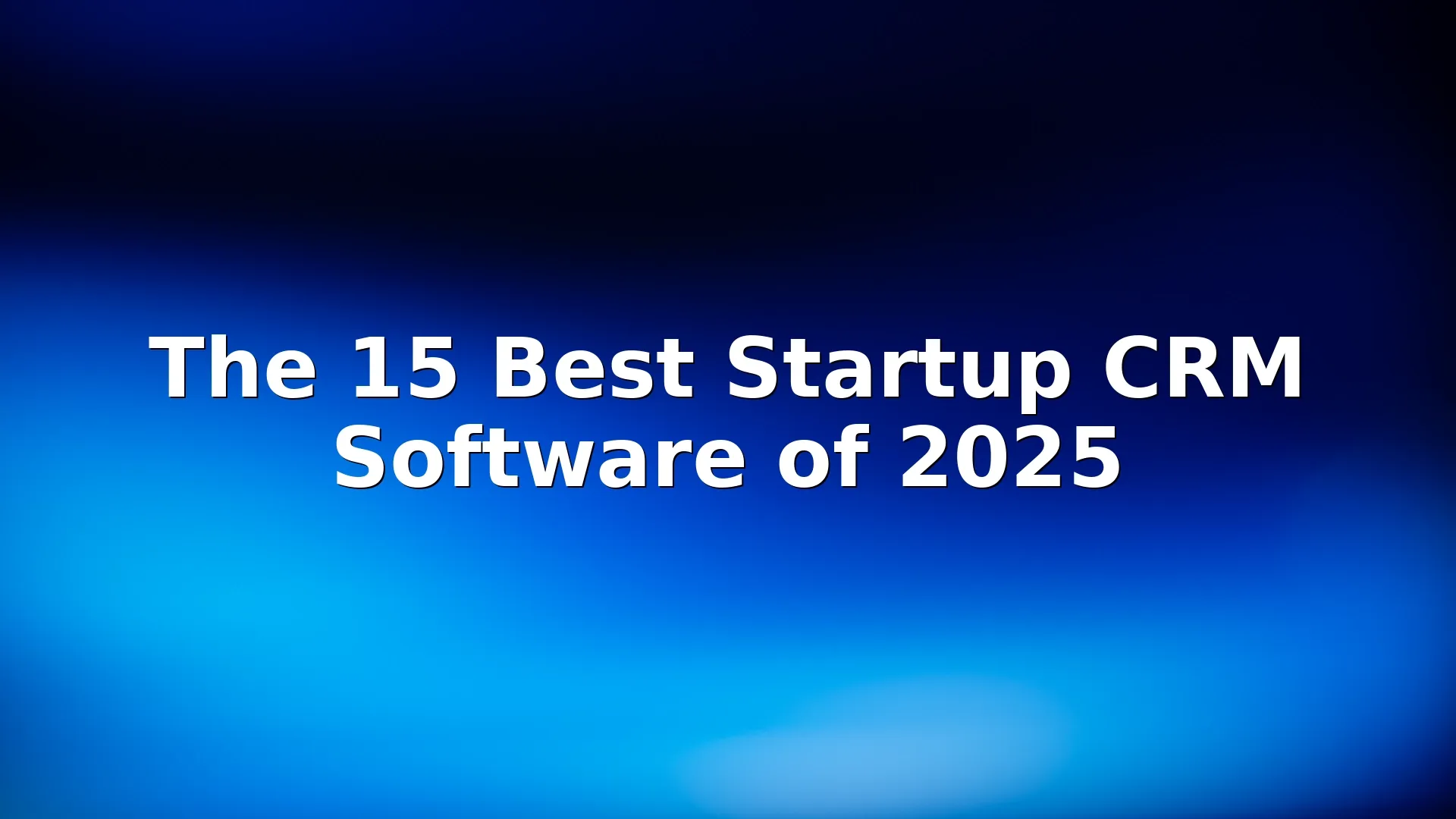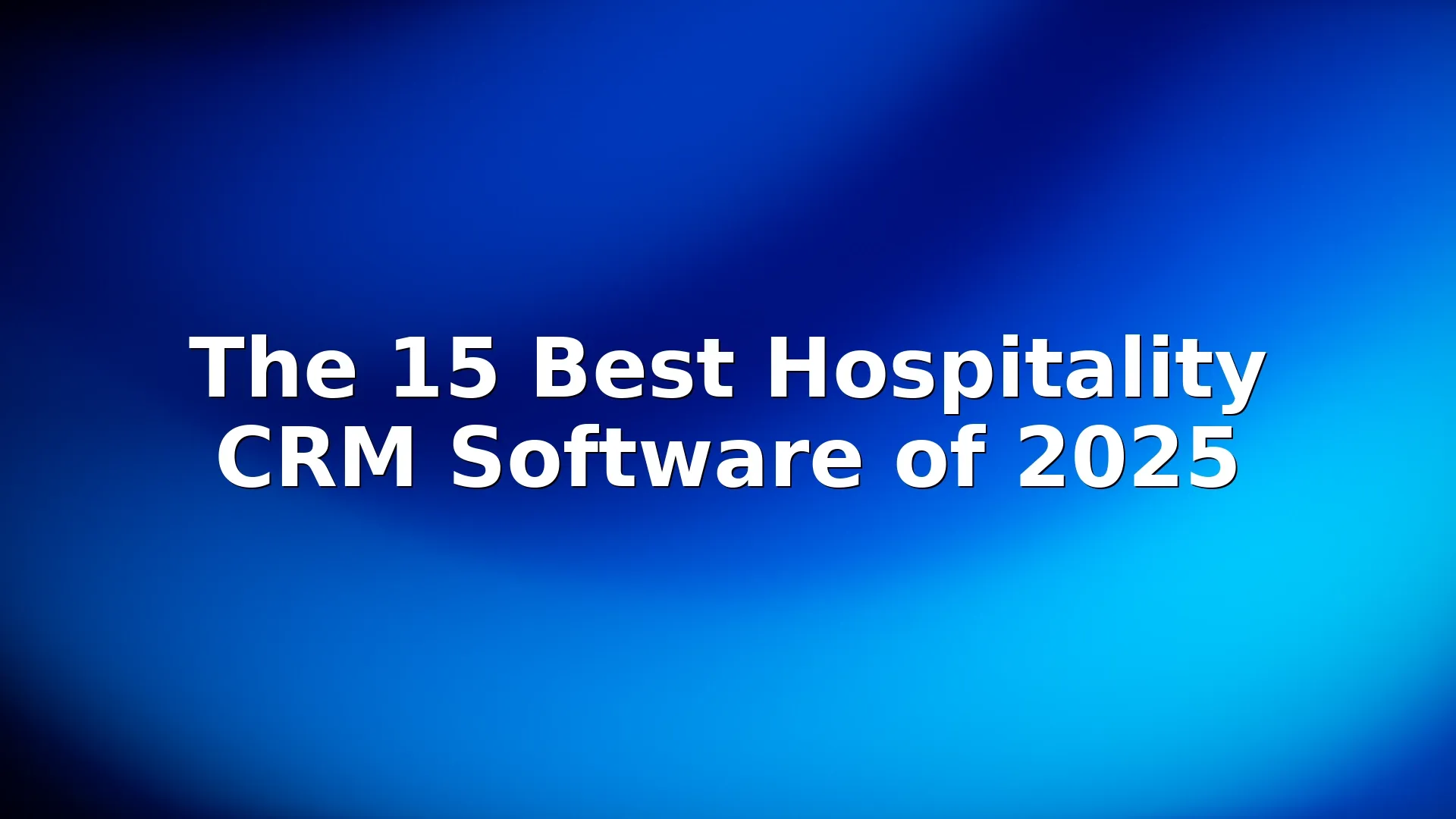Crafting the right email greetings can make or break your first impression- whether you’re writing to a colleague, manager, client, or someone you’ve never met before. The greeting sets the tone for the entire message. A well-chosen opening shows professionalism, while a poorly chosen one can come across as lazy or inappropriate. In this guide, you’ll find 15 professional email greetings that work in almost any situation.
Why Email Greetings Matter
Every email you send is a reflection of you or your brand. When you choose the right greeting, you’re signaling to the reader that you’ve taken the time to address them appropriately. It builds trust, improves readability, and helps the recipient engage with your message positively.
15 Best Email Greetings for Every Situation
Here’s a curated list of email greetings categorized by tone and occasion:
1. Dear [Name],
Classic and formal. Ideal for first-time business communication or professional inquiries.
2. Hello [Name],
Friendly but still professional. Great for ongoing work relationships.
3. Hi [Name],
Casual and common in most modern workplace environments.
4. Greetings,
Neutral and suitable when you’re unsure of the recipient’s name or gender.
5. Good morning [Name],
Time-specific and courteous. Best used when you know when the recipient will read the email.
6. Good afternoon [Name],
Similar to the one above, it’s warm and polite for mid-day emails.
7. Hi there,
Informal and approachable, best for internal teams or friendly clients.
8. Hello everyone,
Use this when emailing a group or team, especially in updates or team-wide messages.
9. To whom it may concern,
Very formal and distant. Use only if you truly don’t know the recipient’s identity.
10. [Name],
Direct and minimal. Often used in fast-paced work environments or follow-ups.
11. Dear team,
Perfect for addressing your own group or department in a formal tone.
12. Hey [Name],
Casual and not always appropriate. Use only in relaxed company cultures.
13. Dear [Title] [Last Name],
E.g., “Dear Dr. Smith.” Excellent for academic or official settings.
14. Hi all,
Slightly informal, yet professional enough for internal updates.
15. Warm greetings,
Polite and slightly personal. Works well when you want a friendly tone without being too casual.
Tips for Choosing the Right Email Greeting
- Know your audience. A formal “Dear” might be perfect for a client, but too stiff for a teammate.
- Check company culture. Internal emails may favor “Hi” or “Hello” over “Dear.”
- When in doubt, be formal. It’s easier to tone down formality later than to fix a bad first impression.
Conclusion
Choosing the right email greetings isn’t just about good manners- it’s a small but mighty signal of your professionalism. When you open your email with the appropriate tone, you’re more likely to receive a prompt, positive response. In business communication, every detail counts, and greetings are one of the first signals of intent and respect.
Whether you’re sending cold outreach emails, internal updates, or daily communications with clients, the right greeting can ease tension, build rapport, and even boost engagement. A casual “Hi there” might help your message feel warm and collaborative, while a formal “Dear Dr. Smith” ensures you’re taken seriously in more structured environments.
Take a few extra seconds to consider your audience and the relationship you have with them. Over time, using the correct greeting becomes second nature and helps you stand out as a thoughtful, considerate communicator. By using these 15 professional email greetings strategically, you’ll start every message on the right foot- no matter who’s on the other side of the screen.
So next time you’re staring at a blank screen wondering how to begin, refer back to this list. The right greeting is always just a few words away.
FAQs about Email Greetings
What is the most professional way to start an email?
“Dear [Name],” is widely accepted as the most professional and safe email greeting, especially for first-time interactions.
Is it okay to use “Hi” in business emails?
Yes, “Hi [Name],” is perfectly acceptable in most modern workplaces, especially when there’s an ongoing relationship.
Can I use “Hey” in a work email?
Only use “Hey” if the company culture supports it and you know the recipient well. It can seem too casual or unprofessional in many contexts.
What’s the best greeting if I don’t know the person’s name?
Use “Greetings,” or “To whom it may concern,” but try to find the recipient’s name if possible—it always improves personalization.

